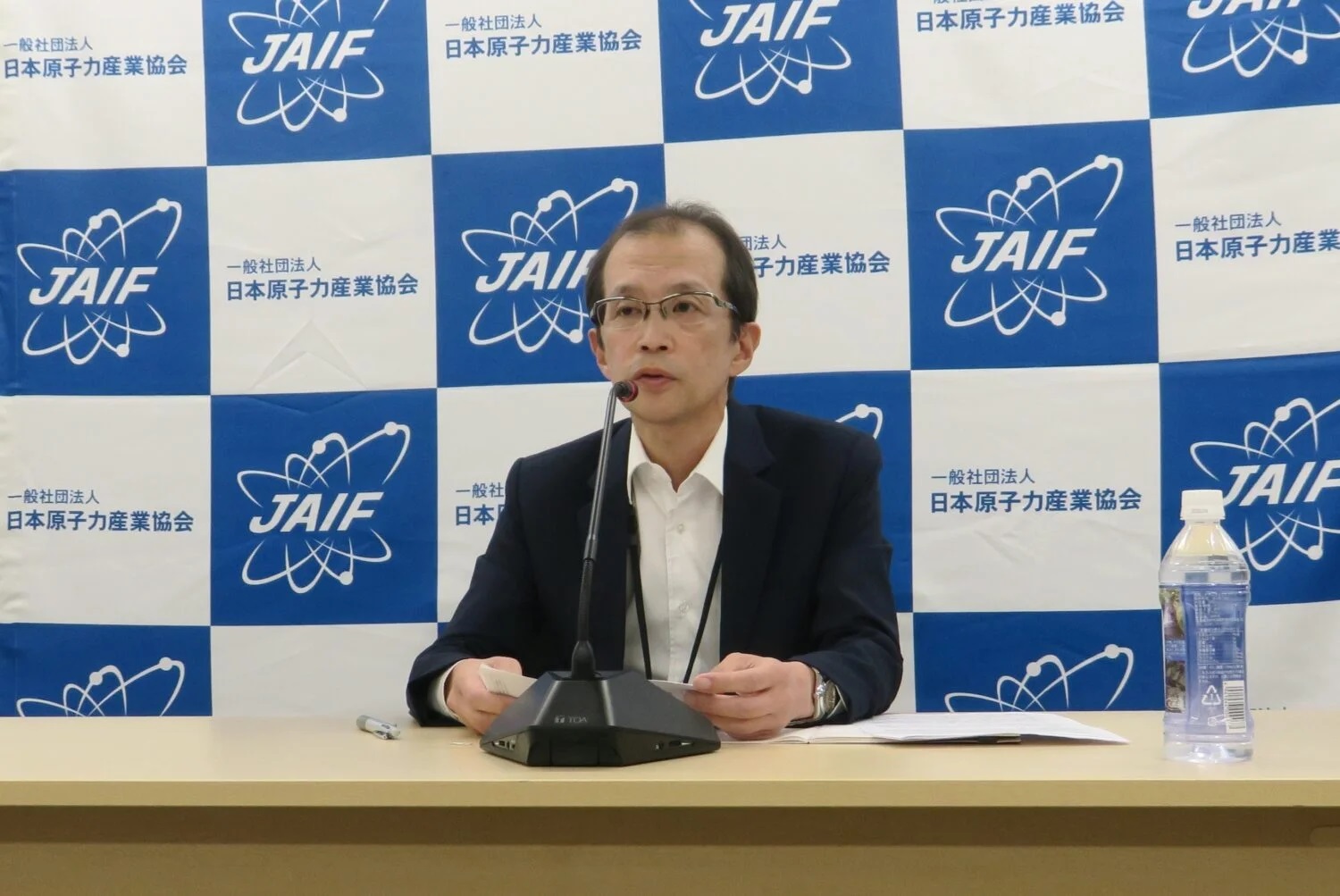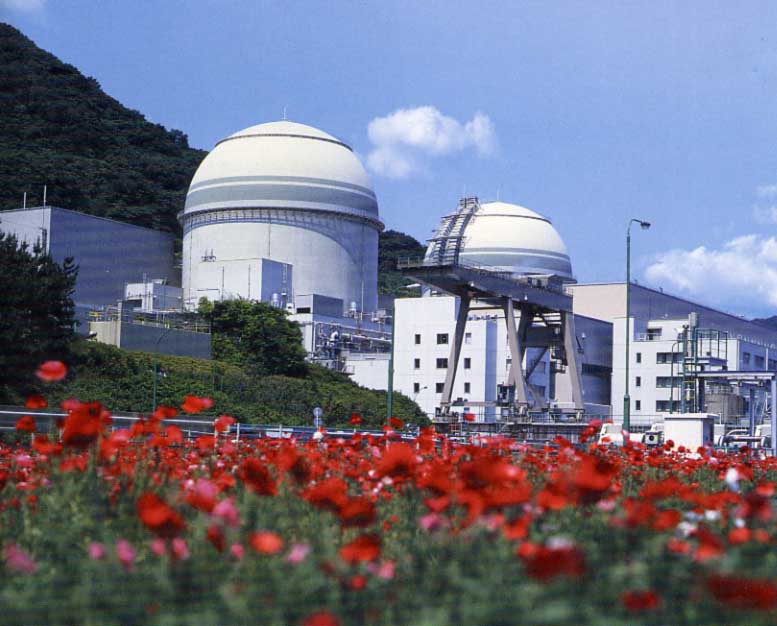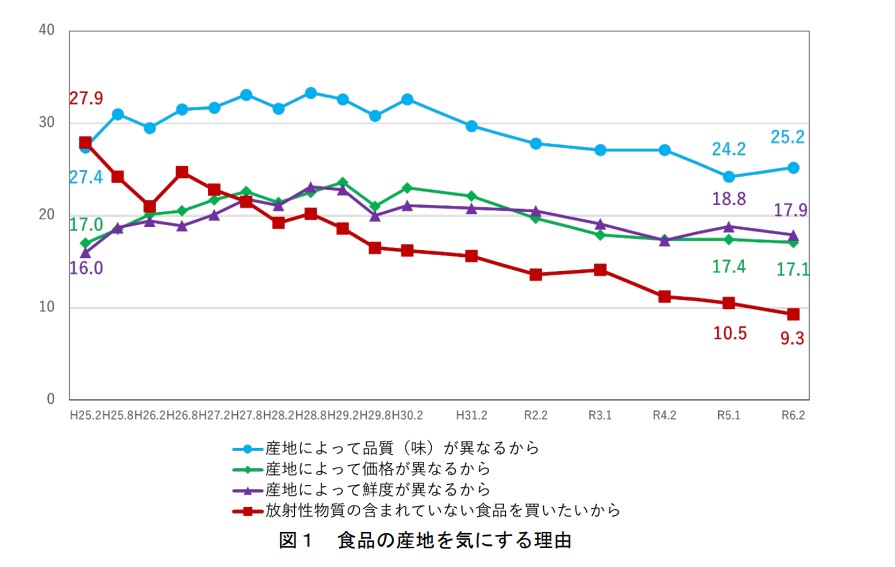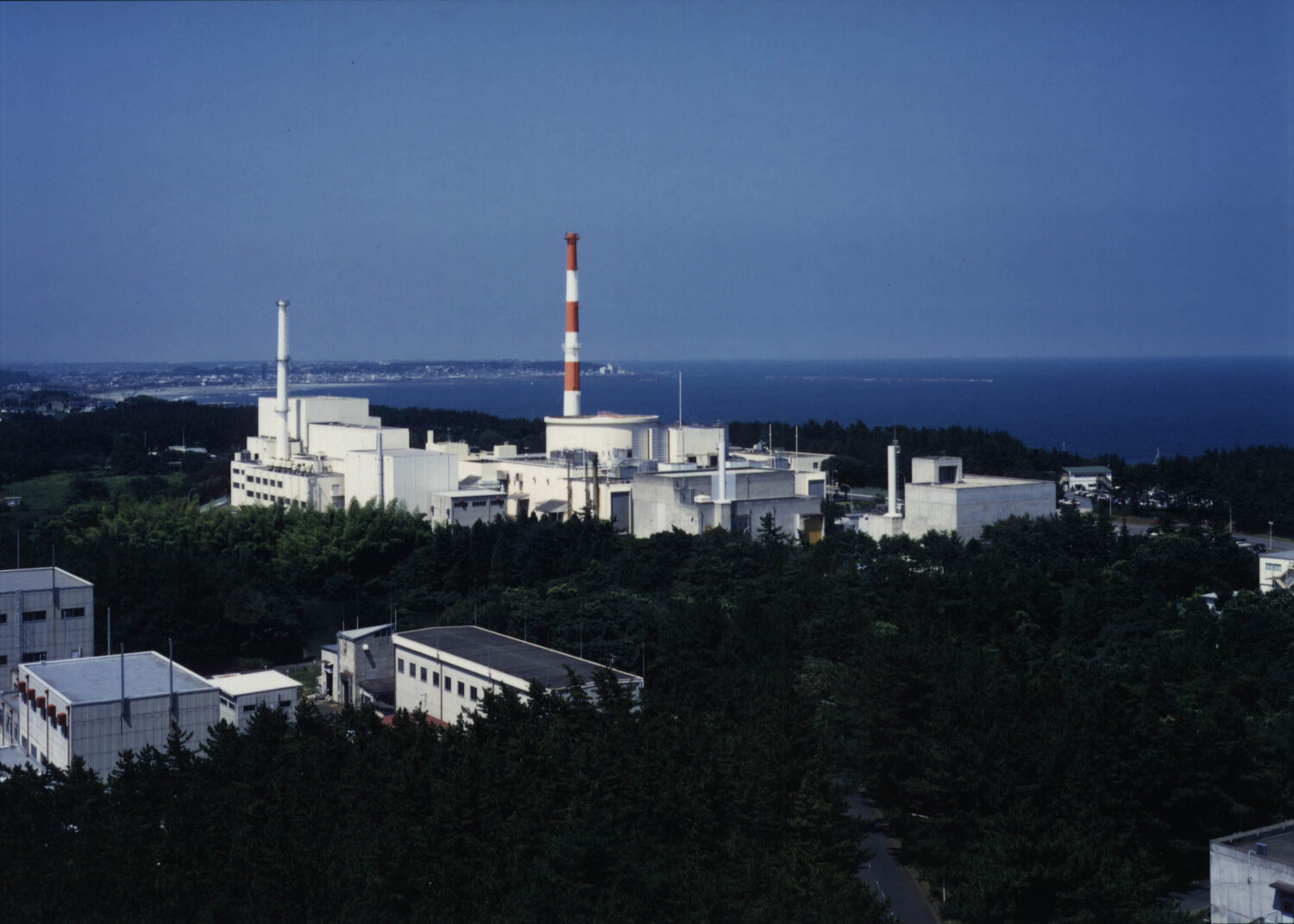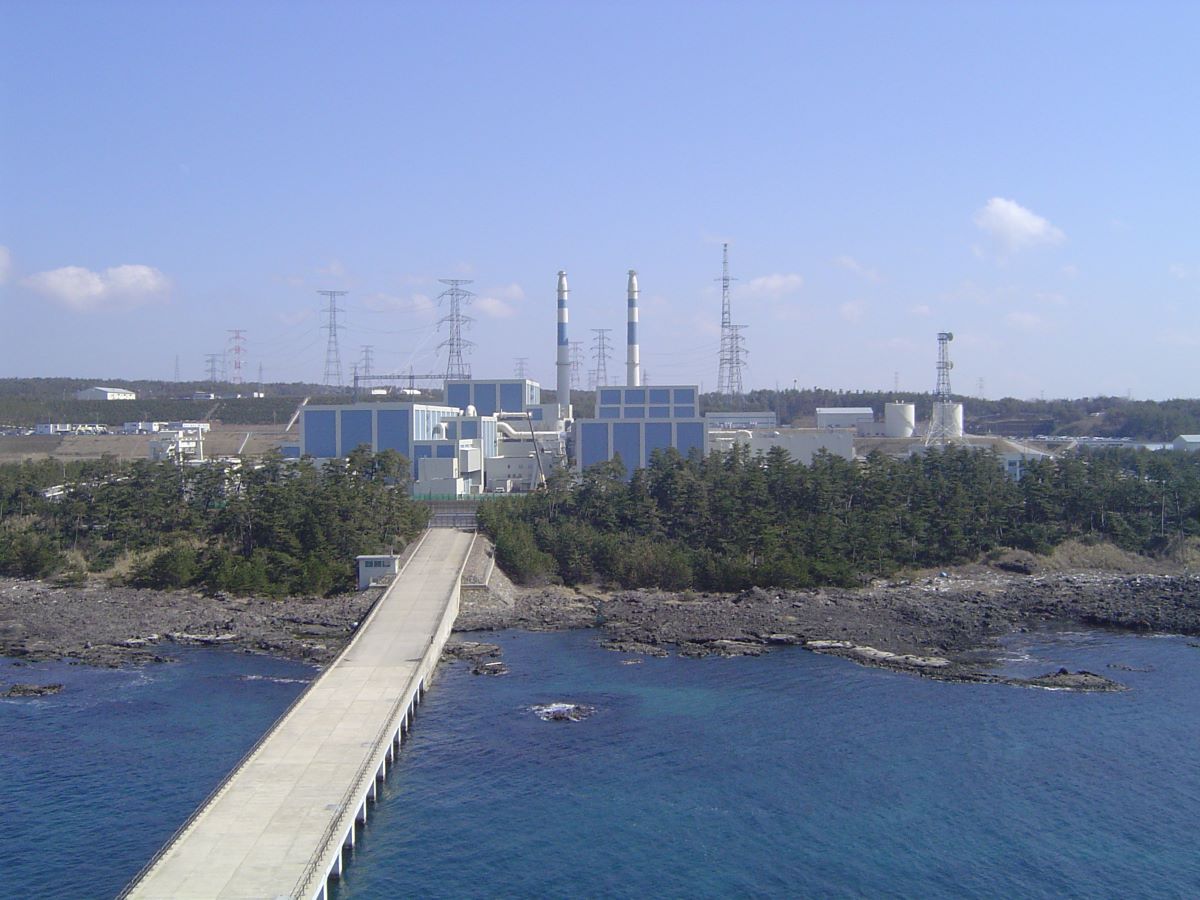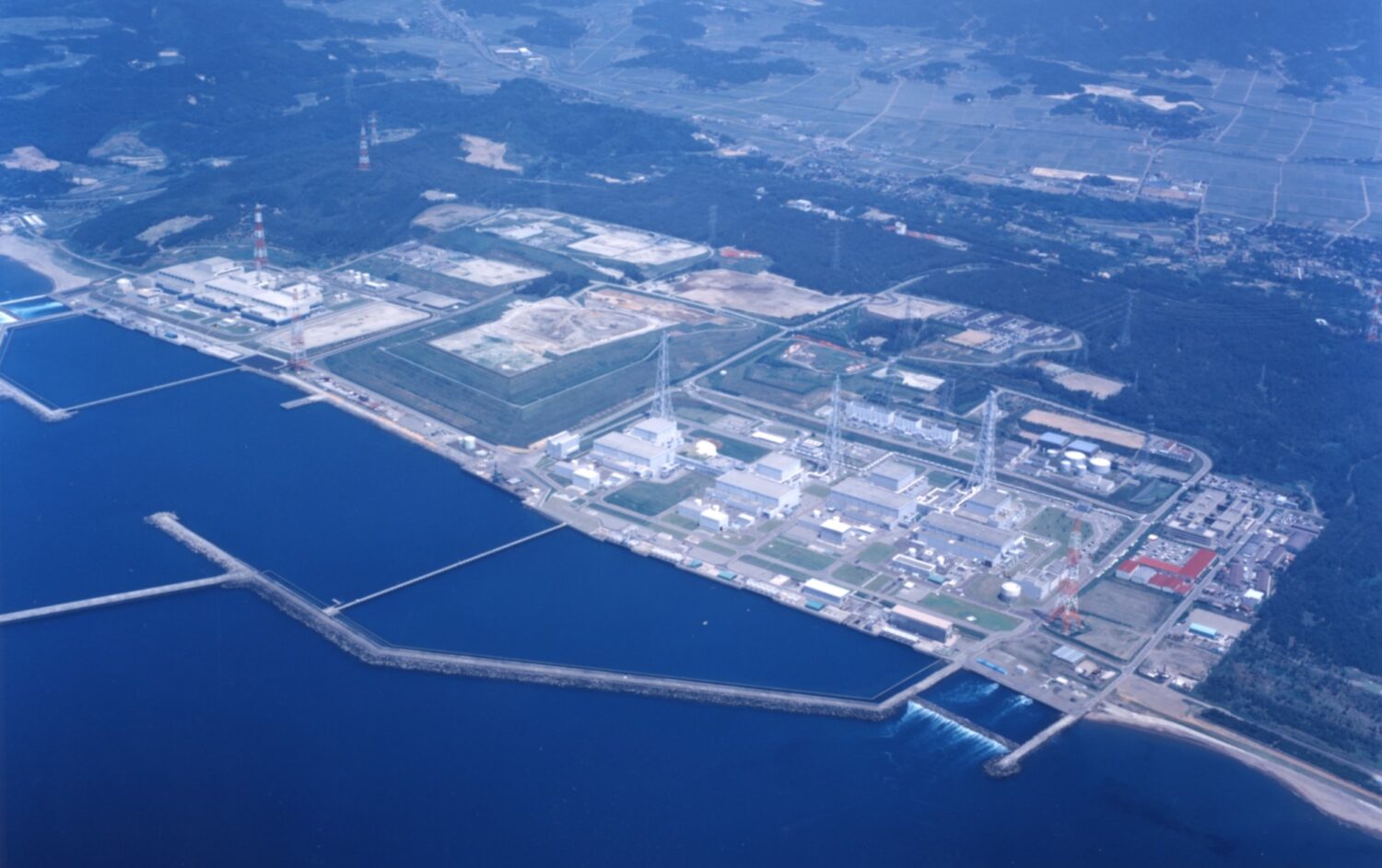In addition, plans are for the ALPS-treated water to be mixed with seawater to dilute the radioactive concentration to 1,500 Bq/L, which is 1/40th the regulatory limit of 60,000 Bq/L, before it is discharged into the sea. That is to say, the concentration of radioactive materials including tritium will be far below the regulatory safety standards.
The aim of the IAEA comprehensive mission was to summarize previous review missions that were conducted on the basis of the terms of reference (TOR) of a comprehensive framework for reviewing safety-related aspects of handling ALPS-treated water at the Fukushima Daiichi. The TOR, signed by the Japanese government and the IAEA in July 2021, involves the following:
- A review of the safety aspects of the handling of the ALPS-treated water.
- A review of its regulatory aspects.
- Analyses of corroboration using independent sampling data.
Of those three activities, the IAEA published a report on May 31 regarding the analyses of corroboration using independent sampling data from the first interlaboratory comparison, noting that “these findings provide confidence in TEPCO’s capability for undertaking accurate and precise measurements related to the discharge of ALPS treated water.” TEPCO stands for the Tokyo Electric Power Co.
Eight IAEA officials—including Gustavo CARUSO, director of the Agency’s Department of Nuclear Safety and Security—arrived in Japan on May 29 for the comprehensive mission, along with 11 international experts, serving in their personal capacities, from Argentina, Australia, Canada, China, France, the Marshall Islands, Russia, South Korea, the United Kingdom, the United States, and Vietnam.
The delegation met with representatives of the Government of Japan and TEPCO to discuss technical items based on the IAEA’s international safety standards. On June 2, it visited the NPS to conduct an on-site review of the progress of construction work regarding the facilities for the discharge of the ALPS-treated water.
The discussions made during the comprehensive mission will be reflected in a comprehensive report to be issued by the IAEA in mid-2023.



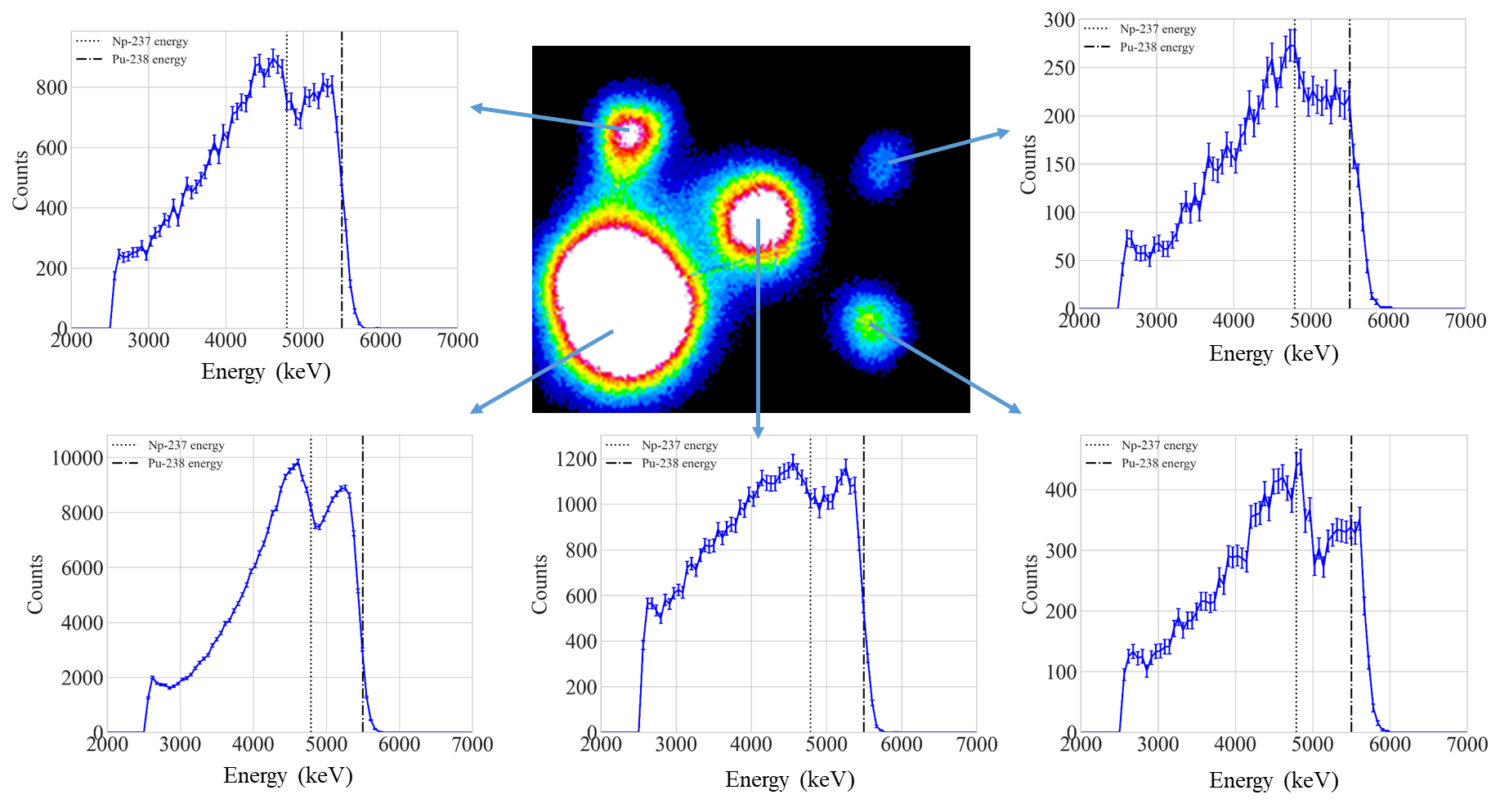
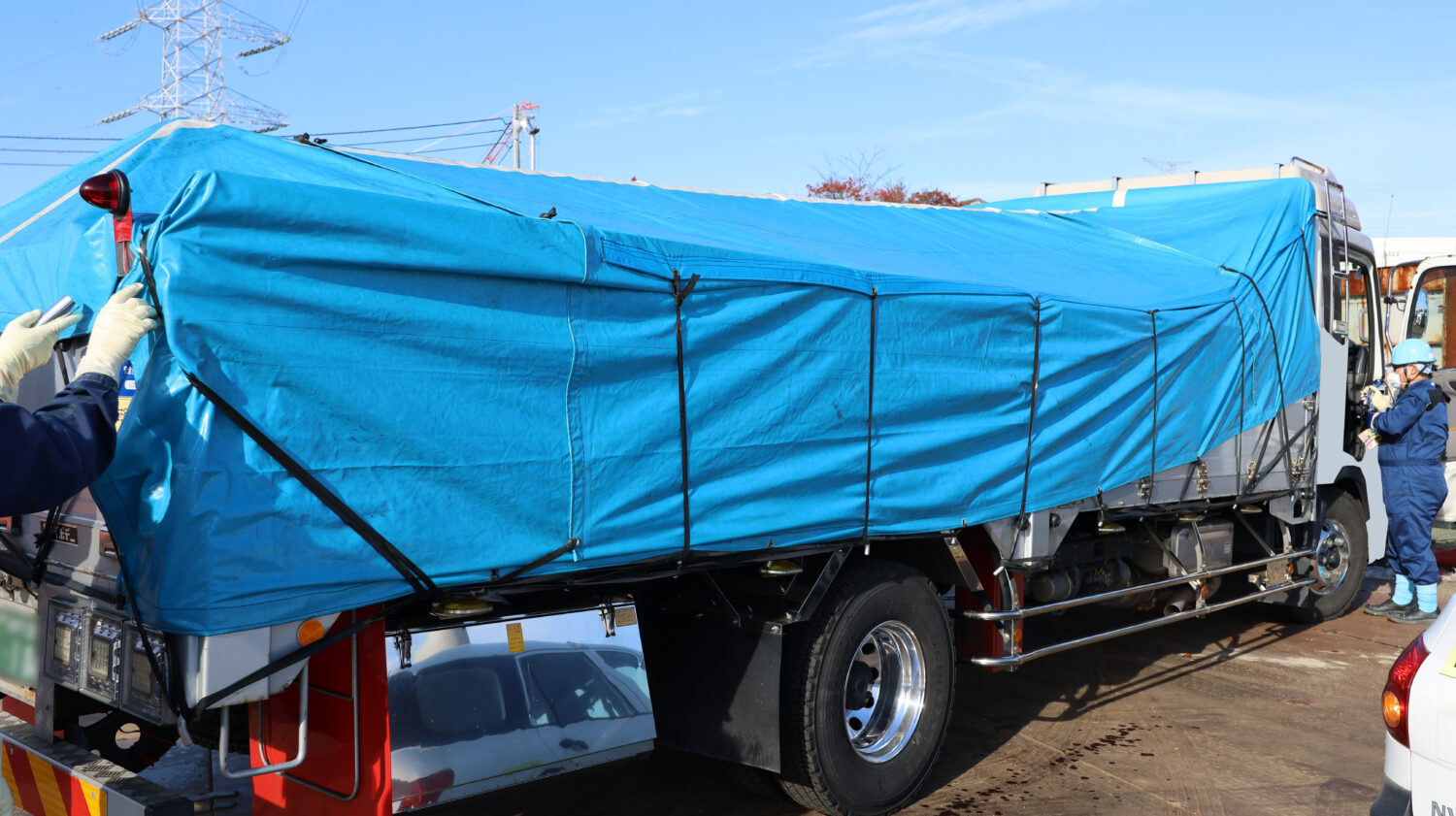
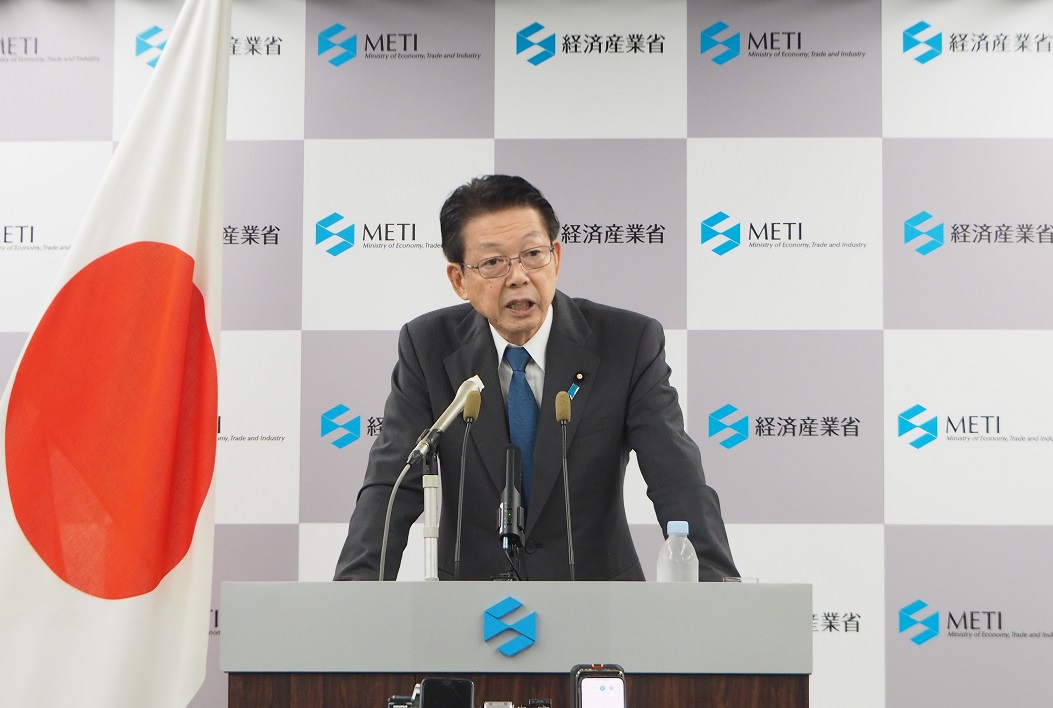
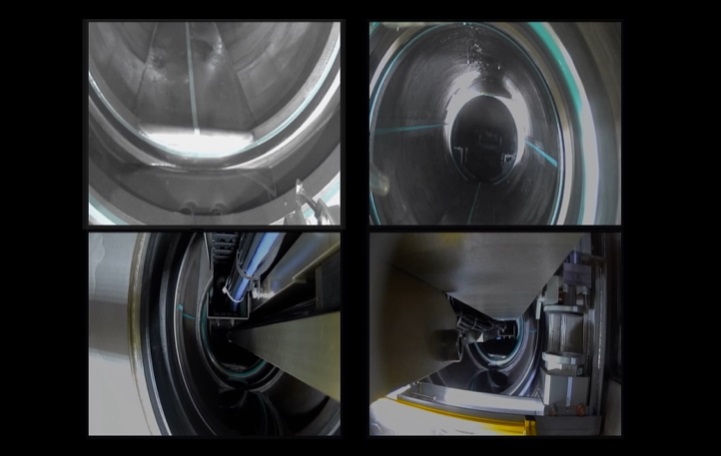
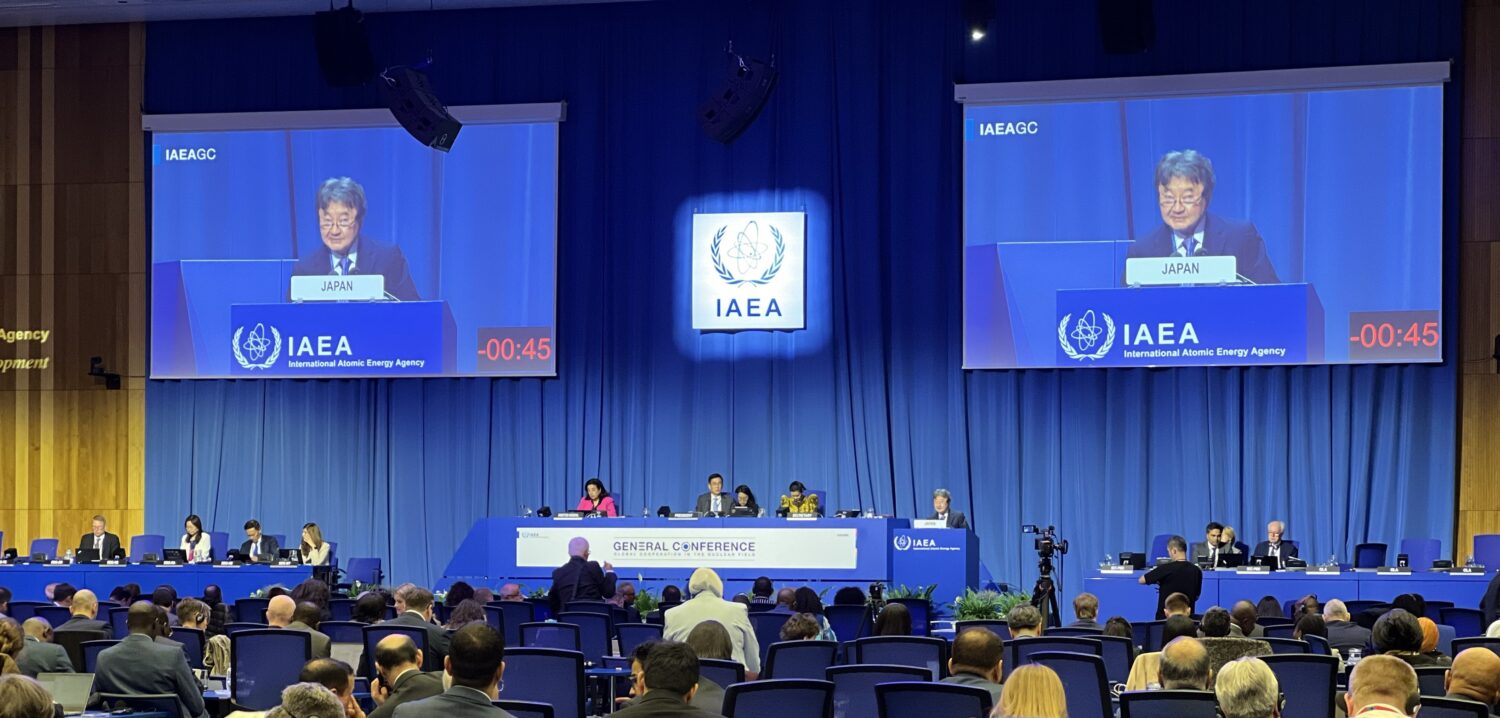
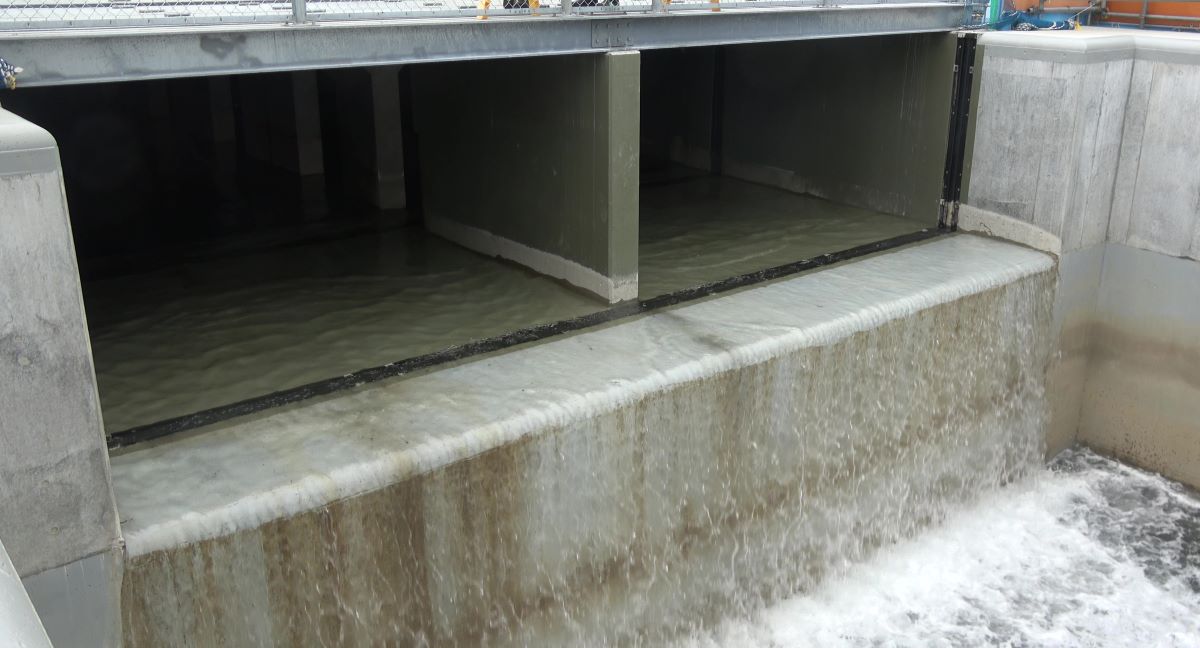

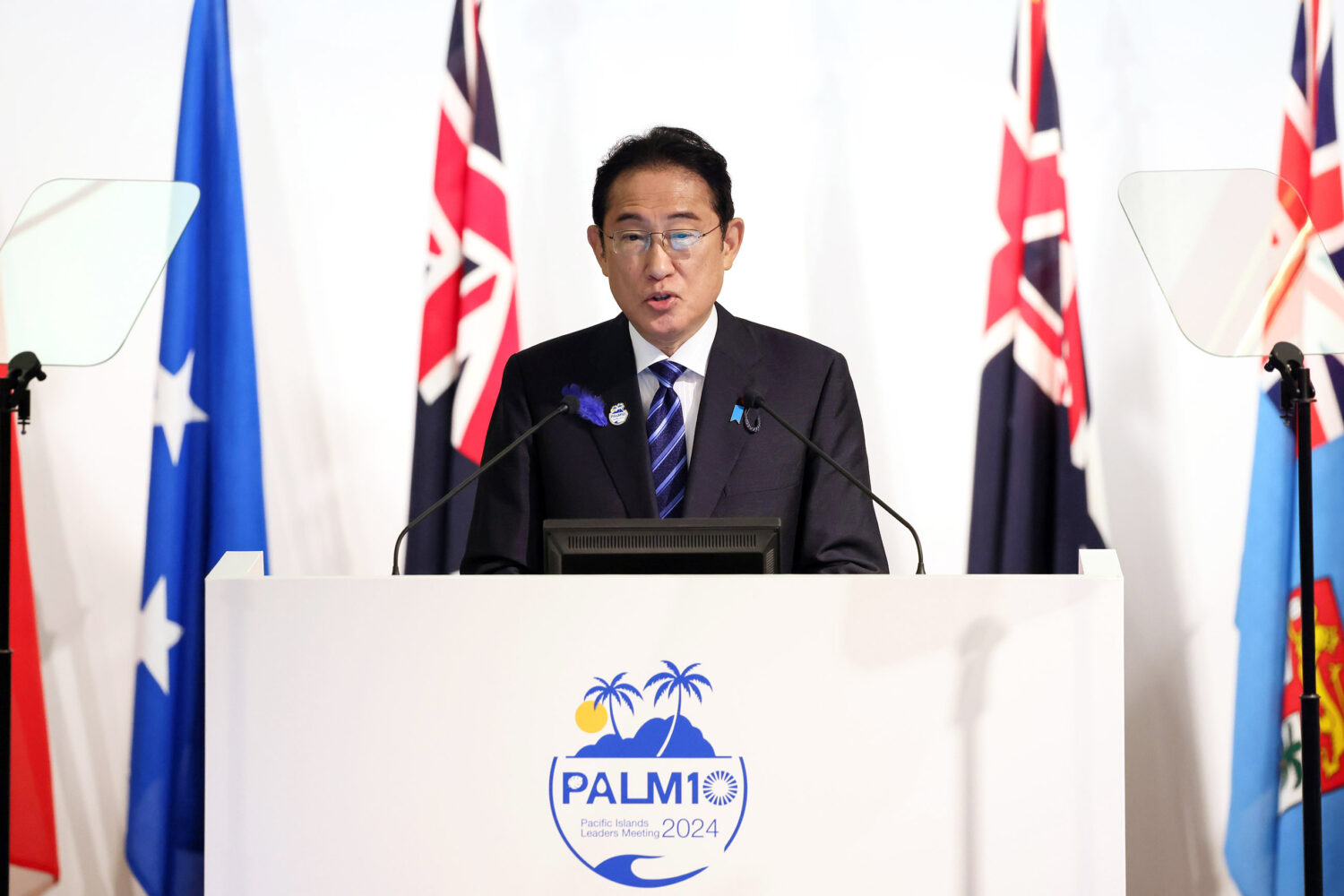

-1.png)

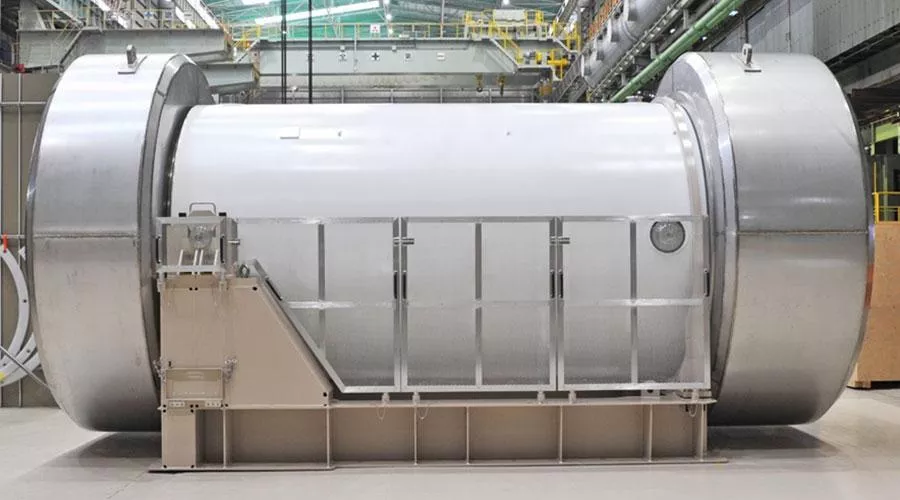
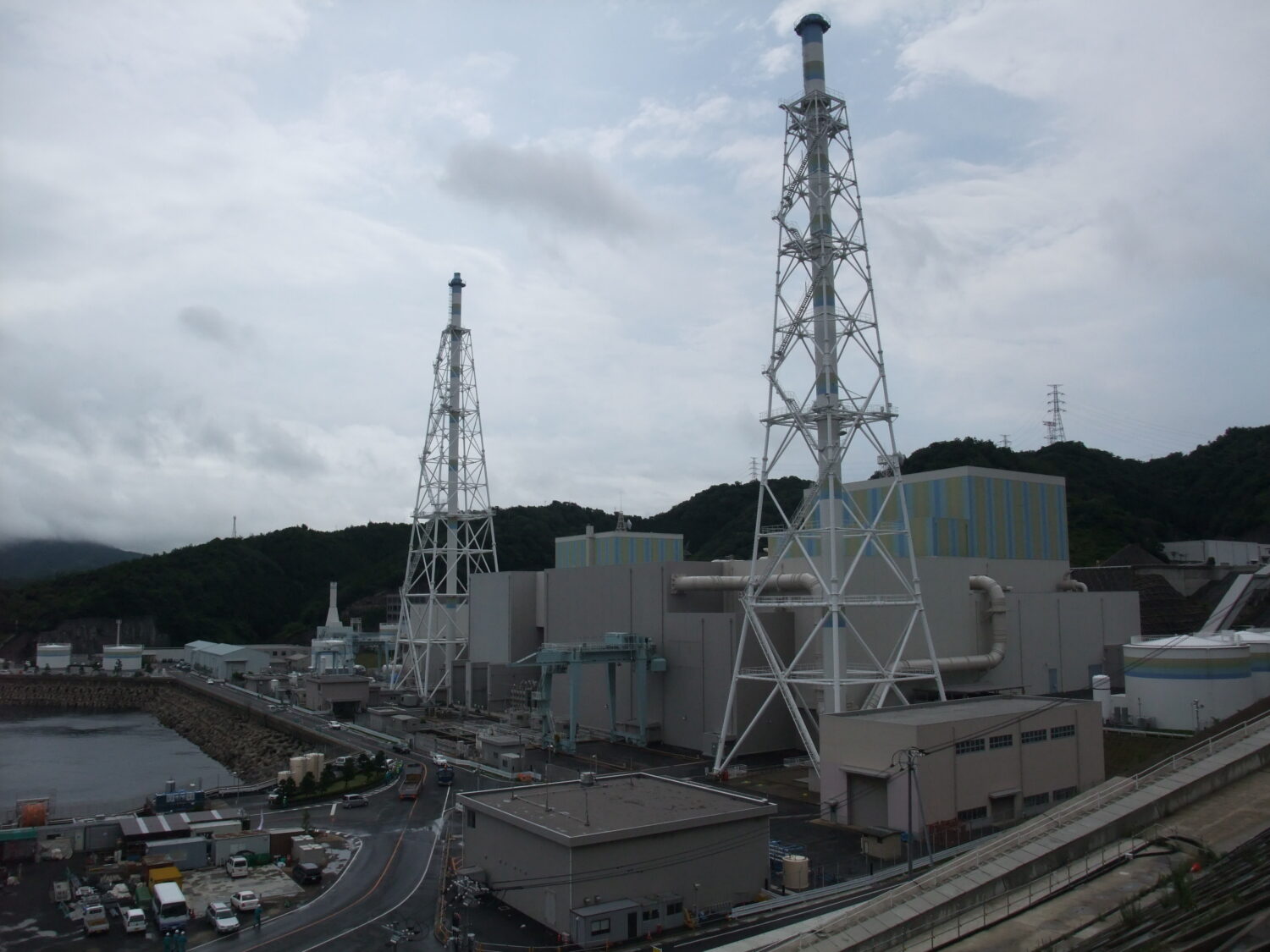
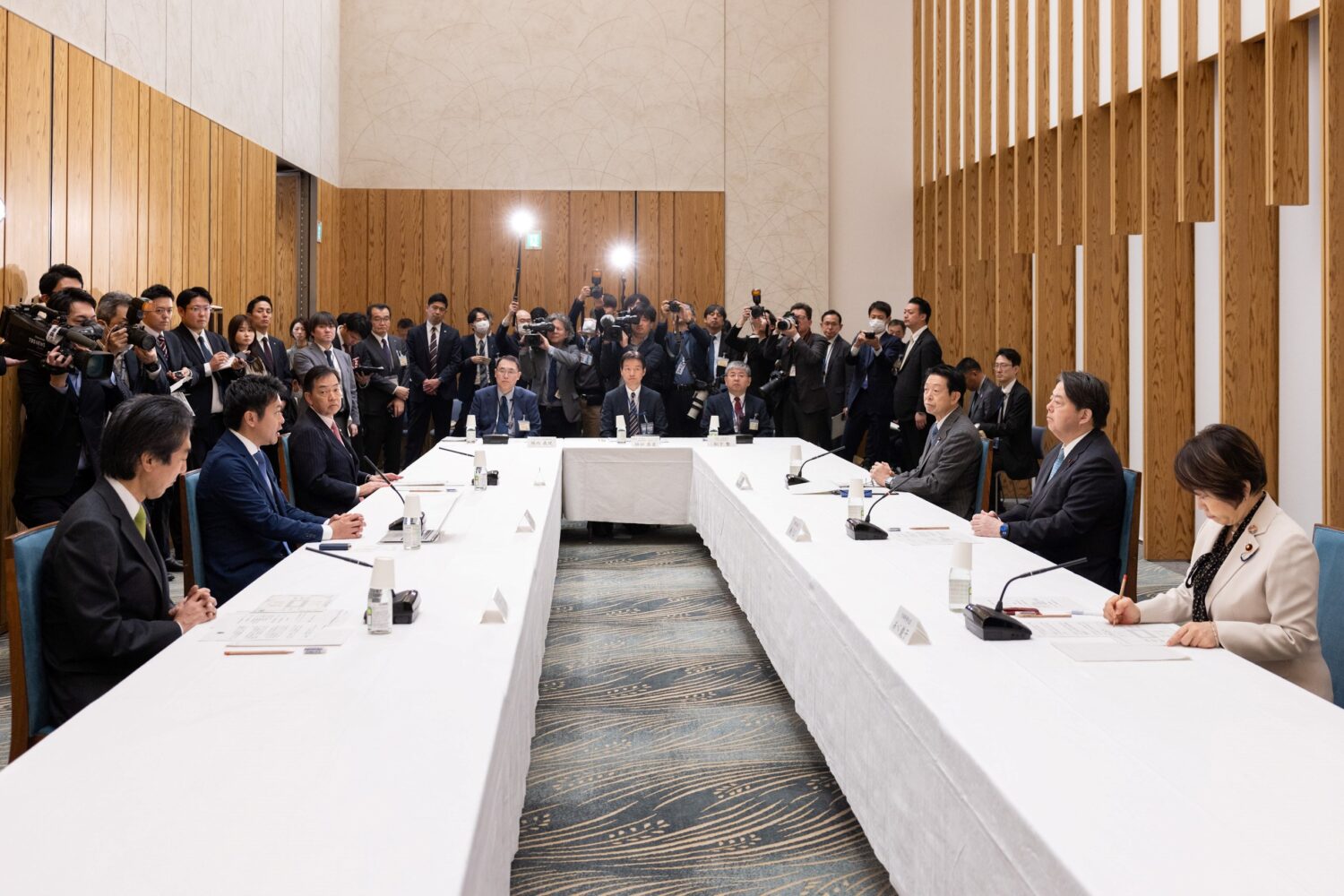
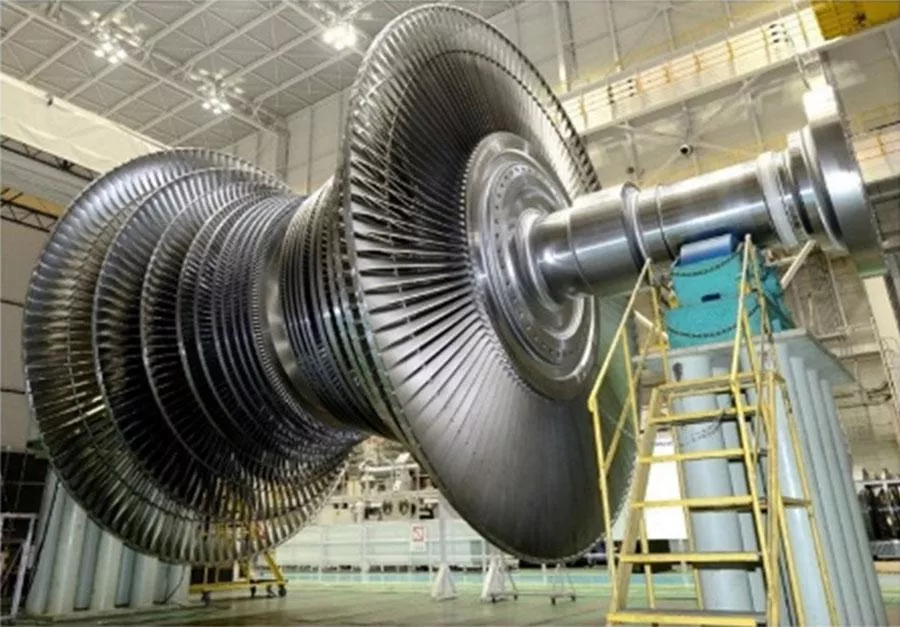

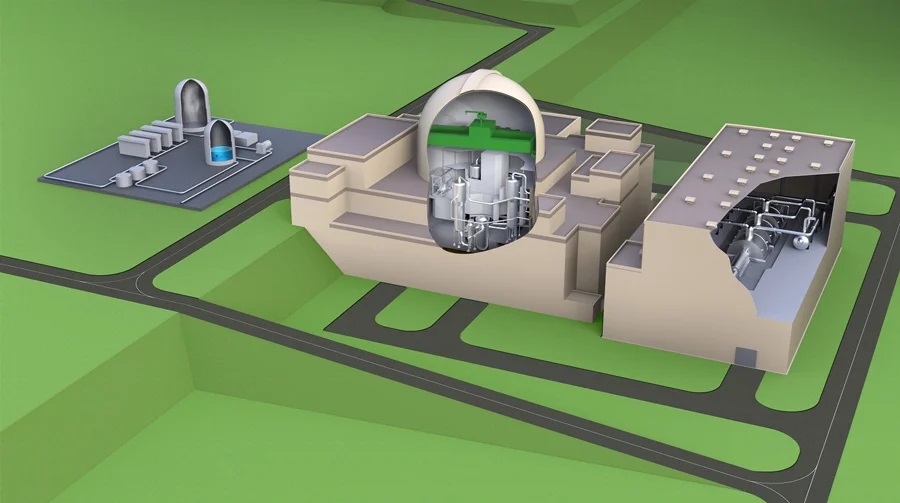
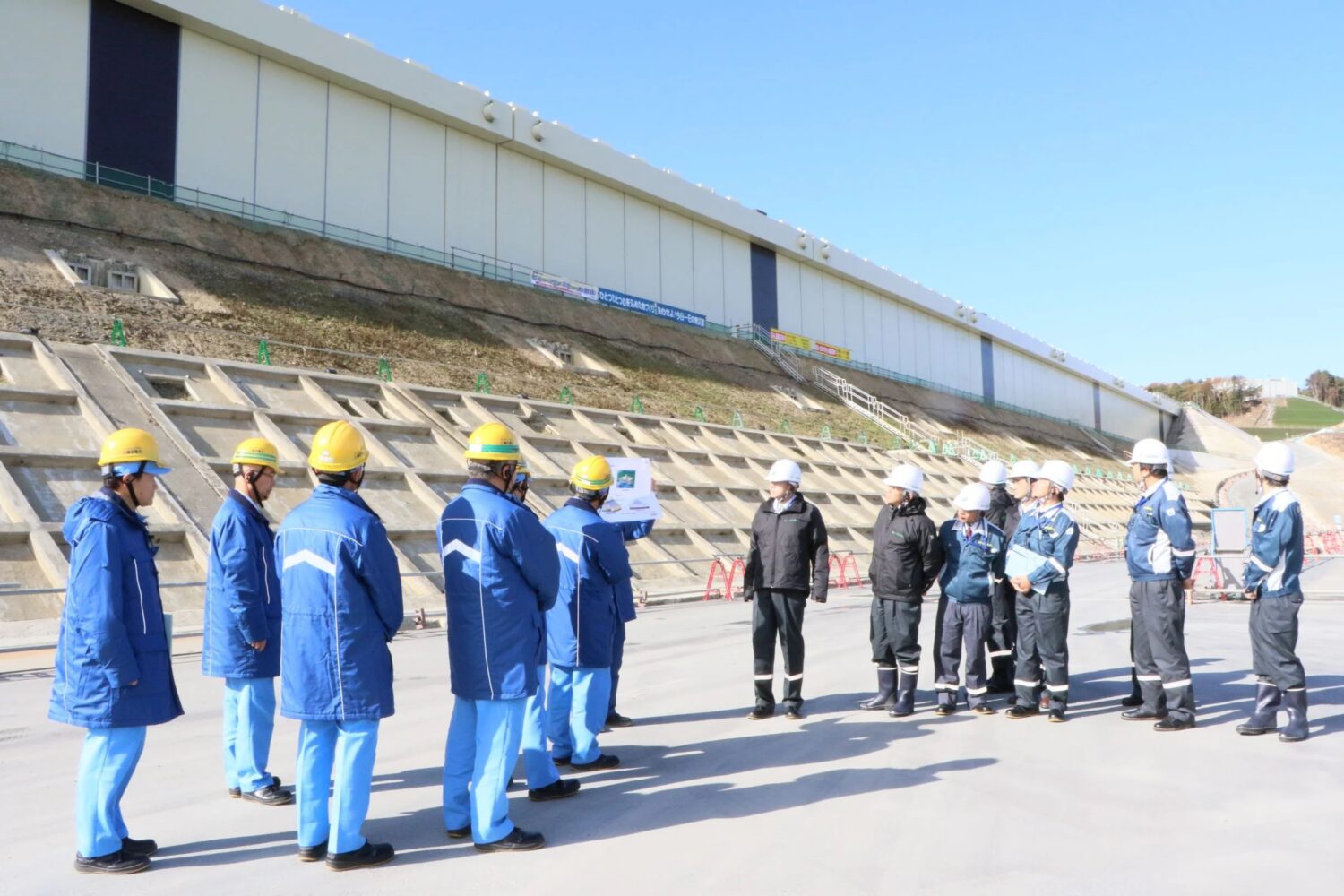
.jpg)

